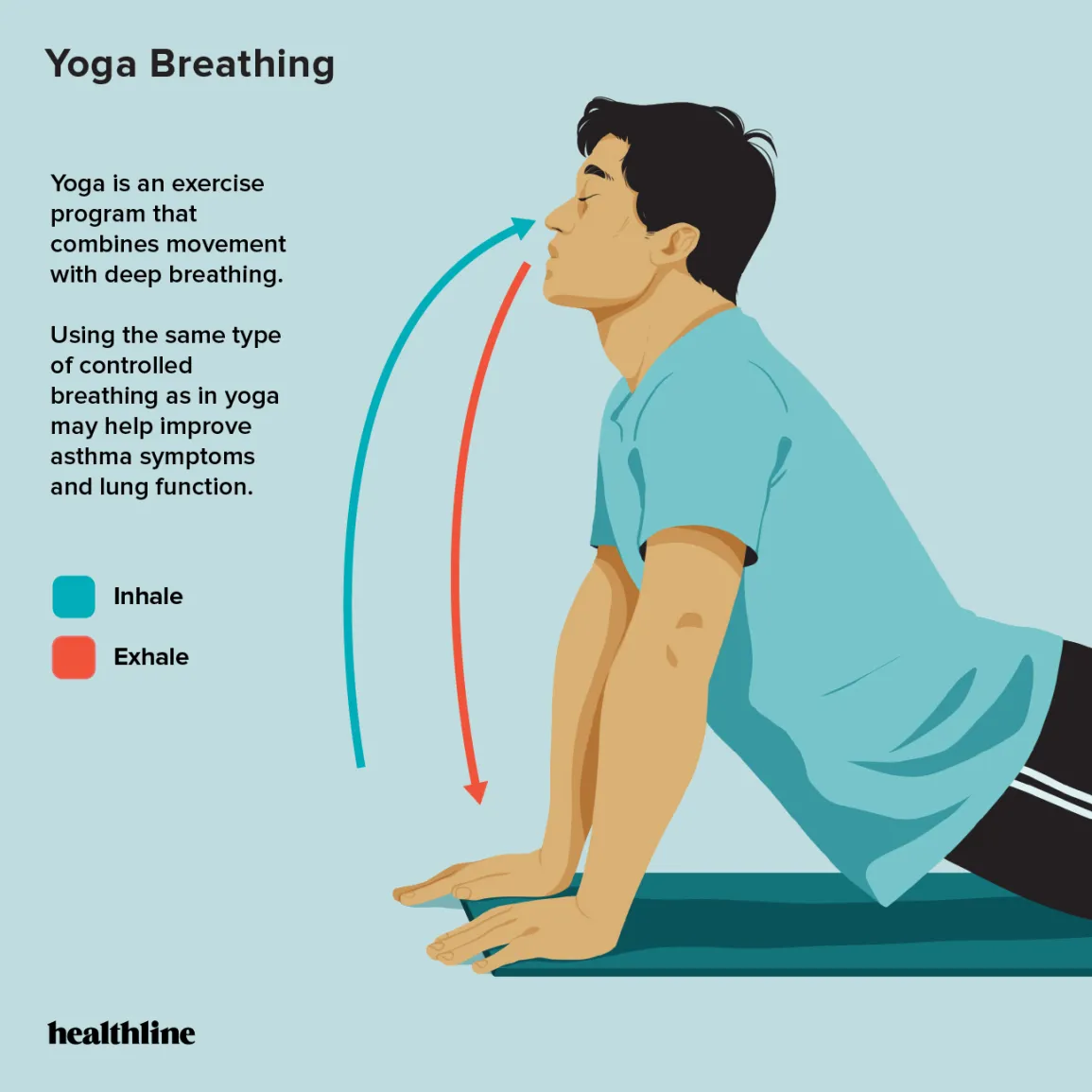Breathing Exercises – We often take breathing for granted, but it is a crucial component of our overall health and wellbeing. By practicing certain breathing exercises, we can improve our physical and mental health in a variety of ways.
This article will explore the benefits of breathing exercises and provide a step-by-step guide on performing some of the most effective exercises.
What are Breathing Exercises?

Breathing exercises, also known as pranayama in the yogic tradition, are techniques that focus on regulating and controlling the breath.
There are many different types of breathing exercises, each with its own unique benefits. Some focus on slowing down the breath and promoting relaxation, while others aim to increase oxygen intake and improve lung capacity.
The Benefits of Breathing Exercises

Breathing exercises have been shown to have numerous benefits for both physical and mental health. Here are just a few of the ways that practicing these exercises can improve your overall wellbeing:
1. Reduce Stress and Anxiety
One of the most well-known benefits of breathing exercises is their ability to reduce stress and anxiety.
Focusing on the breath and slowing it down can activate the parasympathetic nervous system, which promotes relaxation and calmness. This can be especially helpful for individuals who struggle with anxiety disorders.
2. Improve Lung Function
Breathing exercises can also improve lung function and increase oxygen intake. This can be especially helpful for individuals with respiratory conditions such as asthma or COPD.
By practicing deep breathing exercises, we can improve the elasticity of the lungs and increase the amount of oxygen we take in with each breath.
3. Boost Immune Function
Breathing exercises have also been shown to boost immune function by increasing the production of immune cells in the body. This can help protect against infections and diseases and improve overall health and vitality.
4. Enhance Focus and Concentration
By focusing on the breath and regulating it, we can improve our ability to concentrate and focus. This can be helpful for individuals who struggle with ADHD or other attention-related issues.
5. Improve Sleep Quality
Breathing exercises can also improve sleep quality by promoting relaxation and reducing stress and anxiety. This can be especially helpful for individuals who struggle with insomnia or other sleep-related disorders.
How to Perform Breathing Exercises?
Now that we’ve explored some of the benefits of breathing exercises, let’s take a look at some of the most effective techniques and how to perform them.
1. Deep Breathing

Deep breathing is one of the simplest and most effective breathing exercises. To perform deep breathing, sit or lie comfortably and place one hand on your belly and the other on your chest.
Take a slow, deep breath in through your nose, allowing your belly to expand as you inhale. Hold the breath for a few seconds, then exhale slowly through your mouth, allowing your belly to deflate as you exhale.
Repeat this process for several minutes, focusing on the sensation of the breath moving in and out of your body.
2. Alternate Nostril Breathing

Alternate nostril breathing is a yogic technique that balances the brain’s two hemispheres and promotes relaxation.
To perform this technique, sit comfortably and use your right hand to close your right nostril with your thumb.
Inhale deeply through your left nostril, then use your ring finger to close your left nostril and exhale through your right nostril.
Inhale through your right nostril, then use your thumb to close it and exhale through your left nostril. Repeat this process for several minutes, focusing on the sensation of the sensation of the breath moving in and out of your body.